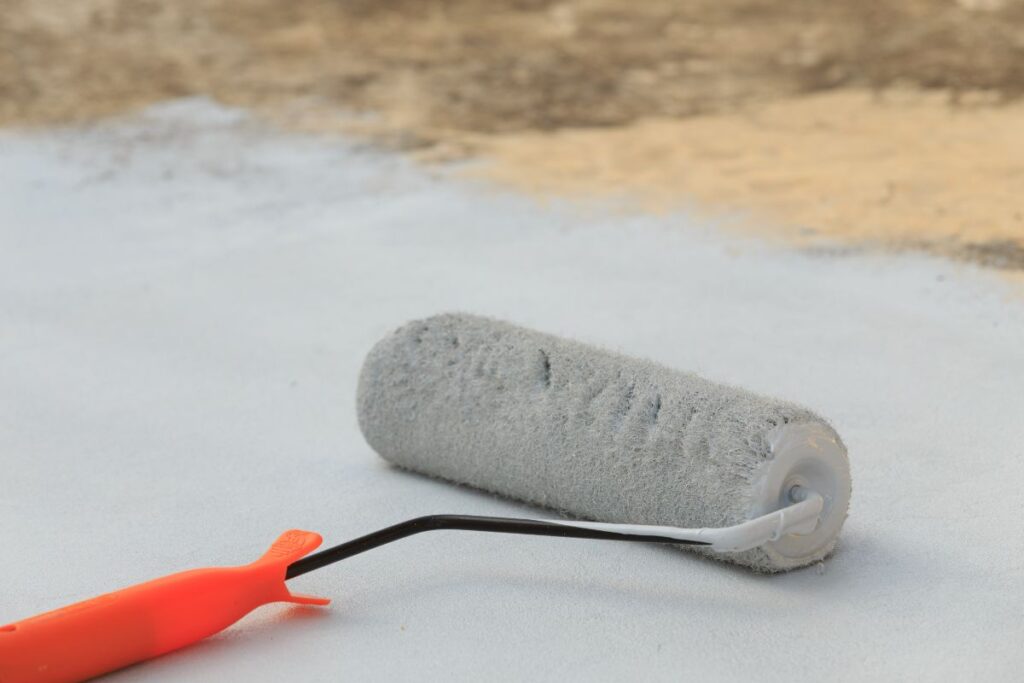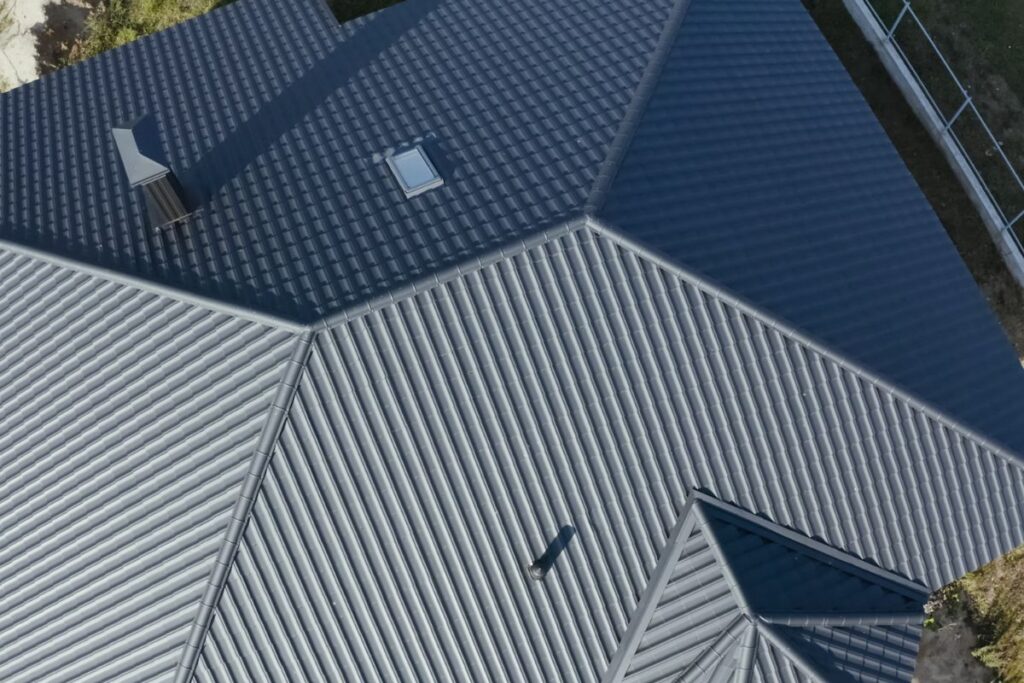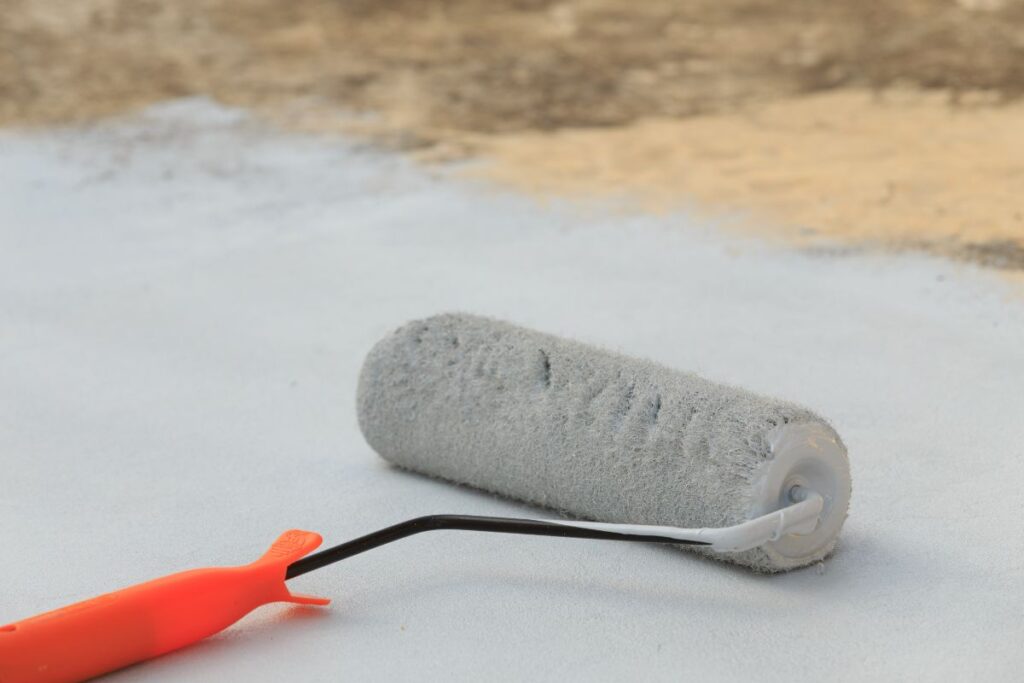In our ongoing quest for greener, more sustainable living, homeowners and building managers alike are constantly looking for ways to boost energy efficiency. One area often overlooked in these efforts is the roof. An emerging trend in the industry is the use of roof coatings, and one of their purported benefits is increased energy efficiency. But does this method really work? Let’s explore.
What is a Roof Coating?
Roof coatings are protective layers applied to roofs to extend their lifespan, improve weather resistance, and, in many cases, enhance energy efficiency. They come in various types, including acrylic, silicone, polyurethane, and elastomeric coatings, each with their unique properties and benefits.
How Can Roof Coating Improve Energy Efficiency?
So, how can a layer of coating on your roof contribute to energy savings? Here’s how:
Reflective Properties: Many roof coatings are highly reflective, meaning they can reflect a significant portion of the sun’s rays away from your building. This helps to keep the roof—and consequently, the interior of the building—cooler, reducing the need for air conditioning and lowering energy bills.
Seamless Insulation: Roof coatings form a seamless, watertight membrane over the roof surface. This uninterrupted layer enhances the roof’s insulative properties, helping to maintain a more stable indoor temperature, regardless of the weather outside.
Roof Longevity: By protecting the roof from weather, UV radiation, and wear and tear, coatings can extend the lifespan of the roof. This reduces the energy and resources needed for frequent roof replacements.
Does it Really Work?
The simple answer is yes, roof coating can contribute to improved energy efficiency—provided it’s applied correctly and in the right conditions. Studies have shown that reflective roof coatings can reduce cooling energy demands by up to 15%.
However, it’s important to remember that not all roof coatings are created equal. The level of energy efficiency gained will depend on factors like the coating’s reflectivity, the local climate, the building’s design, and the quality of the application.
In conclusion, roof coatings can indeed boost energy efficiency, contributing to lower energy bills and a more comfortable indoor environment. However, to maximize these benefits, it’s essential to choose the right product for your specific roof and climate, and to ensure it’s applied professionally. As always, consult with a roofing professional to determine the best approach for your unique situation. Contact us today to learn more about our roof resurfacing services.


